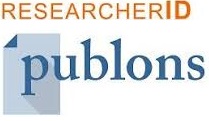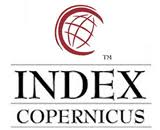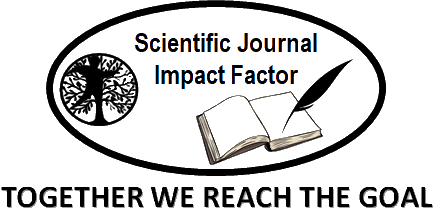Optimization of Injection Molding Parameters for Enhanced Mechanical Performance of Plastic Latch Mechanisms A Moldflow Simulation Study
Abstract
Abstract: This study investigates the optimization of injection parameters (temperature, pressure, and flow rate) for improving the quality, safety, and environmental efficiency of plastic latching mechanisms using Moldflow Plastic Insight (MPI). A latching mechanism CAD model designed in Pro/ENGINEER was tested in 100 simulation scenarios. Results showed that higher injection temperatures significantly reduced fill time by 40%, while increased pressures extended freezing time by 15%. Flow rate had a strong influence on bulk temperature and molecular orientation. Optimal gate positioning minimized air traps and thermal hotspots. The integration of health, safety, and environmental (HSE) principles in process design demonstrates the potential to enhance product quality, worker safety, and reduce environmental footprint.
Keywords: Plastic injection molding, Moldflow simulation, injection parameters, latching mechanism, thermal distribution, health and safety, environmental performance
Keywords
Full Text:
PDFReferences
References
1. Chen, Y., Huang, M., & Li, P. (2020). Optimized gate design to reduce weld lines in complex geometries. Injection Molding Technology Journal, 15 (3), 45-60.
2. Chen, Z., & Huang, S. (2016). Impact of flow rate on weld line formation in polypropylene injection molding. Journal of Applied Polymer Science, 133 (25), 43561.
3. Kumar, R., Sharma, V., & Patel, N. (2021). High-pressure effects in polymer injection molding: Compaction and delayed solidification. Journal of Polymer Engineering, 41 (4), 289-301.
4. Kuo, C.-C., Lin, Y.-T., & Chen, B.-H. (2017). Sustainable injection molding: Energy efficiency and emission reduction strategies. Sustainable Materials and Technologies, 12, 1-12.
5. Li, H., & Turng, L.-S. (2017). Melt viscosity and flowability in high-temperature injection molding. Polymers Engineering & Science, 57 (8), 789-798.
6. Othman, A., Rahim, S. Z., & Hamzah, M. H. (2021). Toxic emissions in plastic manufacturing: HSE mitigation approaches. Journal of Cleaner Production, 280, 124456.
7. Park, S., & Kim, D. (2018). Effect of process parameters on weld line strength and part quality. Journal of Manufacturing Processes, 32, 342-351.
8. Rahman, M., Islam, S., & Hasan, M. (2021). Multi-objective optimization in injection molding using simulation and Taguchi method. Materials Today: Proceedings, 47, 1254-1260.
9. Sumner, J. P., Dym, J. B., & Hagan, E. (2002). Successful injection molding. Hanser.
10. Trantina, G., & Nimmer, R. (1994). Structural analysis of thermoplastic components. McGraw-Hill.
11. Turek, M., Sikora, J., & Szostak, M. (2018). Thermal effects of flow rate in injection molding: A simulation study. Computational Materials Science, 149, 1-10.
12. Wang, X., & Liang, H. (2020). Design optimization of gate location using simulation. Journal of Mechanical Design, 142 (6), 061402.
13. Wang, Y., Zhao, Y., & Liu, J. (2020). Moldflow and FEA analysis of thermal warpage in thin-wall components. International Journal of Heat and Mass Transfer, 150, 119283.
14. Xu, H., Zhang, Q., & Li, F. (2019). Thermal-mechanical coupling in injection molding of engineering plastics. Polymers Engineering & Science, 59 (5), 899-908.
15. Yu, L., Zhou, P., & Wu, X. (2022). Machine learning for injection molding parameter optimization. Advanced Engineering Informatics, 51, 101470.
16. Zhang, L., Wang, G., & Sun, Y. (2016). Flow-induced molecular orientation in plastic parts: Consequences and control. Polymer Testing, 50, 1-9.
17. Shomata, M. M., Alahrish, A. S., Abuzreda, A., Faraj, S., Aeshah, A., et al. (2025). Sustainable Enhancement of Steel with Fiber Reinforced Plastic: Mechanical, Environmental, and HSE Perspectives. Adv Envi Man Rec, 8(1), 01-04.
DOI: http://dx.doi.org/10.52155/ijpsat.v51.1.7309
Refbacks
- There are currently no refbacks.
Copyright (c) 2025 Abdelsalam Abdalla Abuzreda

This work is licensed under a Creative Commons Attribution 4.0 International License.



















